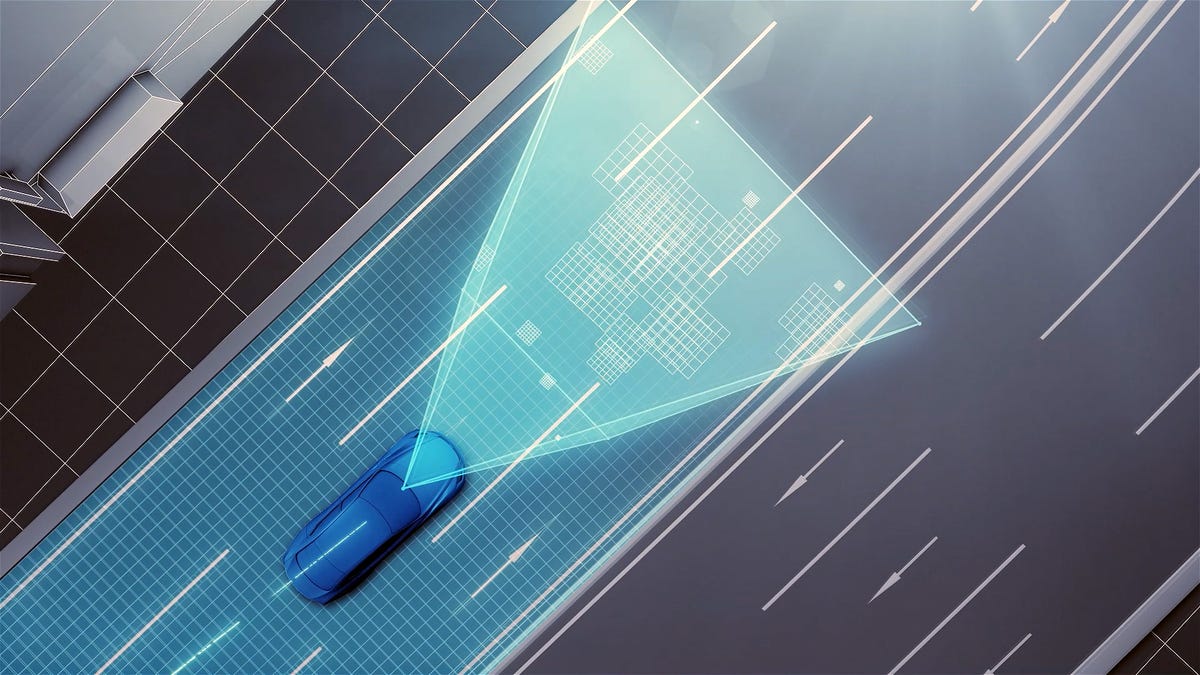Toyota, UMTRI will turn Michigan into connected-car paradise
The automaker and researchers plan to integrate connected cars into the existing traffic infrastructure in Ann Arbor.

The University of Michigan is home to more than just garbage collegiate sports (full disclosure: I went to Illinois). It's also home to the University of Michigan's Transportation Research Institute (UMTRI), a research group investigating the future of mobility. With a little help from Toyota, the university's home turf of Ann Arbor will soon become home to the world's largest connected-car experiment.
These two parties are teaming up for a joint venture called the Ann Arbor Connected Vehicle Test Environment (AACVTE). The goal is to solve the current problem facing connected-car testing -- namely, the fact that it's done in closed environments without that many vehicles. Using Ann Arbor itself as a testing ground hopes to solve that.
The initial stage of this experiment involves Toyota asking its employees and their families to participate. Their vehicles will be equipped with an "awareness device," a small box that contains the workings of vehicle-to-vehicle and vehicle-to-infrastructure communication.
All connected vehicles will be transmitting speed and location data to one another, along with sending that data to roadside research receivers. The data is confidential, as it does contain unique identifiers for each vehicle (no, Toyota won't be beaming your social security number). In fact, this part of the experiment will contribute directly to future cybersecurity research. AACVTE's goal is to get 5,000 vehicles transmitting data once the program is moving forward at full clip.
Security concerns aside, AACVTE sounds very promising. Technology like this could help out in a variety of ways, from providing better directions to saving drivers from wasting money in the shop after lunging headlong into a giant pothole. And it will stand alongside another great next-generation nexus of research, MCity, which focuses on autonomous driving.

